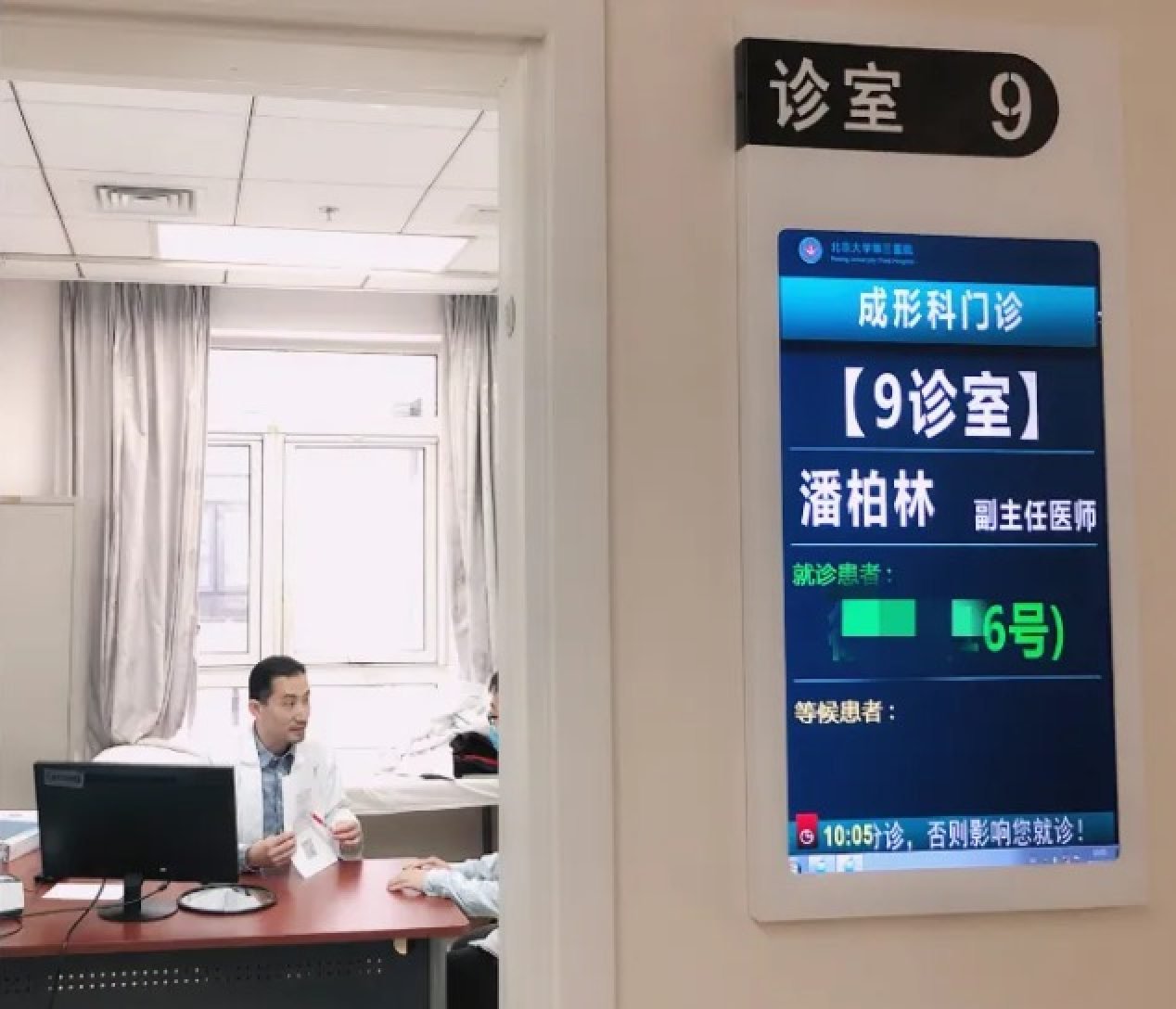
First China transgender clinic deals with ‘visitors’ as it embraces country’s 4 million people with body dissatisfaction
- First transgender facility in country deals with 1,500 people in 2023
- Beijing centre offers service for people ‘trapped inside wrong body’
For China’s transgender population of four million – and those with empathy for them – they are people whose souls are trapped in the wrong body.
At the country’s first transgender clinic in Beijing, they are not seen as patients.
The term transgender describes people whose internal sense of being male, female, neither, or both, does not match with their assigned sex at birth.
The man behind the country’s first “comprehensive clinic” for such people, which opened in 2017, is plastic surgeon Pan Bailin.
Those who use the facility are referred to as visitors rather than patients because the ethos of the clinic contends that it is not treating an illness.

Approximately 0.3 per cent of adults in the Asia-Pacific region identify as transgender, according to a 2012 United Nations survey.
Extrapolating from this figure, the total number of transgender individuals in China is estimated to be four million.
It is a minuscule portion of the population and as such they are almost invisible.
Fashion designer, Charlotte, 21, a transgender woman from Shanghai said: “When we are with friends, we can be who we are. But when we need to go to work or go home, many people put on men’s shirts and take off their wigs.”
In 2023, approximately 1,500 transgender people visited Pan’s clinic, with four doctors seeing more than 20 visitors each half day.
Visitors need to obtain a diagnosis of “gender dysphoria” from a psychiatrist before they can be admitted to the premises.
On admission, visitors explore how they perceive their bodies with doctors and family members.
They seek the source of their anxiety and are dealt with by professionals.
The process is divided into two stages.
Non-medical methods carry no risk or cost, such as alleviating gender dysphoria through counselling or dressing to appear as their identified gender.
Medical methods include hormone therapy, surgery, and voice therapy.
In the seven years since the clinic opened, Pan and his team have faced opposition, questioning and the difficulties of dealing with the families of visitors.
Traditional Chinese beliefs see the body as a parental gift and gender is innate, it should neither be changed or damaged. Taking care of one’s body is akin to showing filial piety.
Some parents questioned Pan’s endeavours: “If you had children of your own, you wouldn’t want them to change their gender. You don’t understand the feelings of being a parent at all!”
In China, gender changes on official documents such as identity cards and household registration are only allowed after gender reassignment surgery.
However, surgery in the country is governed by very strict criteria.
It is only available to those 18 or older and their parents must be informed and agree to the surgery.
A clean criminal record and diagnosis of gender dysphoria are also required, and the individual must be unmarried or divorced.
Gaining parental support is the biggest challenge.
Recently, when a visitor’s parent was asked by Pan: “Which is more important, your child’s gender or its life?”
The parent responded without hesitation: “Gender”.
Gender reassignment surgery comes with significant risks.
Besides its high cost – at least 150,000 yuan (US$21,000) – postoperative infections and complications can lead to paralysis or even death.
Jin Xing, 56, from Liaoning province in northeastern China, is a famous transgender dancer and television personality.

Jin is known as the “pioneer of Chinese modern dance” and has 14 million followers on Weibo.
In 1995, she underwent gender reassignment surgery to become China’s first openly transgender person.
Although the surgery left her left leg paralysed – a fatal blow as a dancer – just a year later, she fully recovered with astonishing willpower and appeared on stage in Beijing as a transgender woman.
Even after successful surgery, transgender individuals can face challenges in their workplace.
More than one-third of transgender people in China have experienced workplace discrimination, the most common being not getting hired in the first place, followed by isolation or ostracism and verbal abuse, according to the 2021 China Transgender Health Survey.

